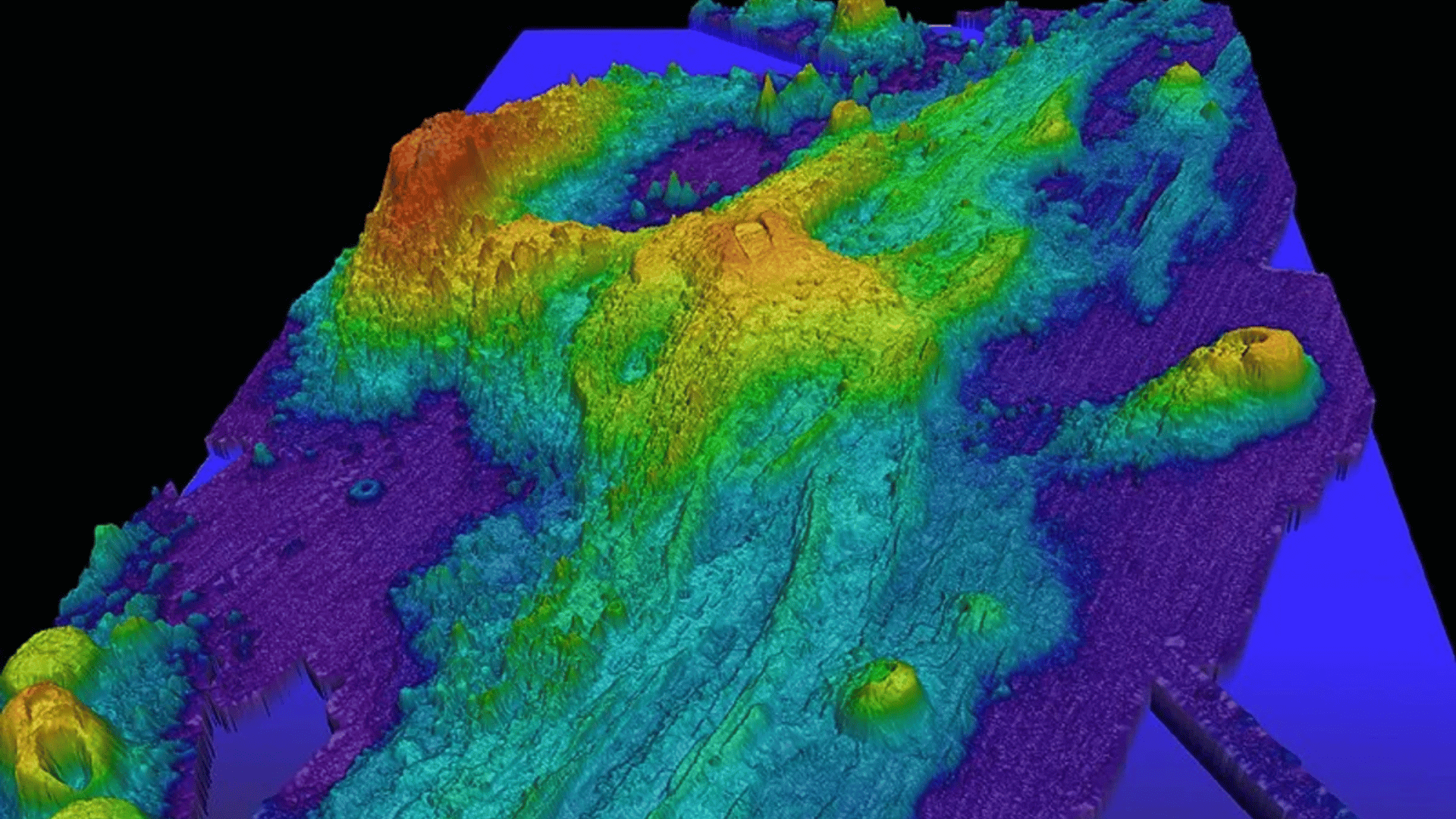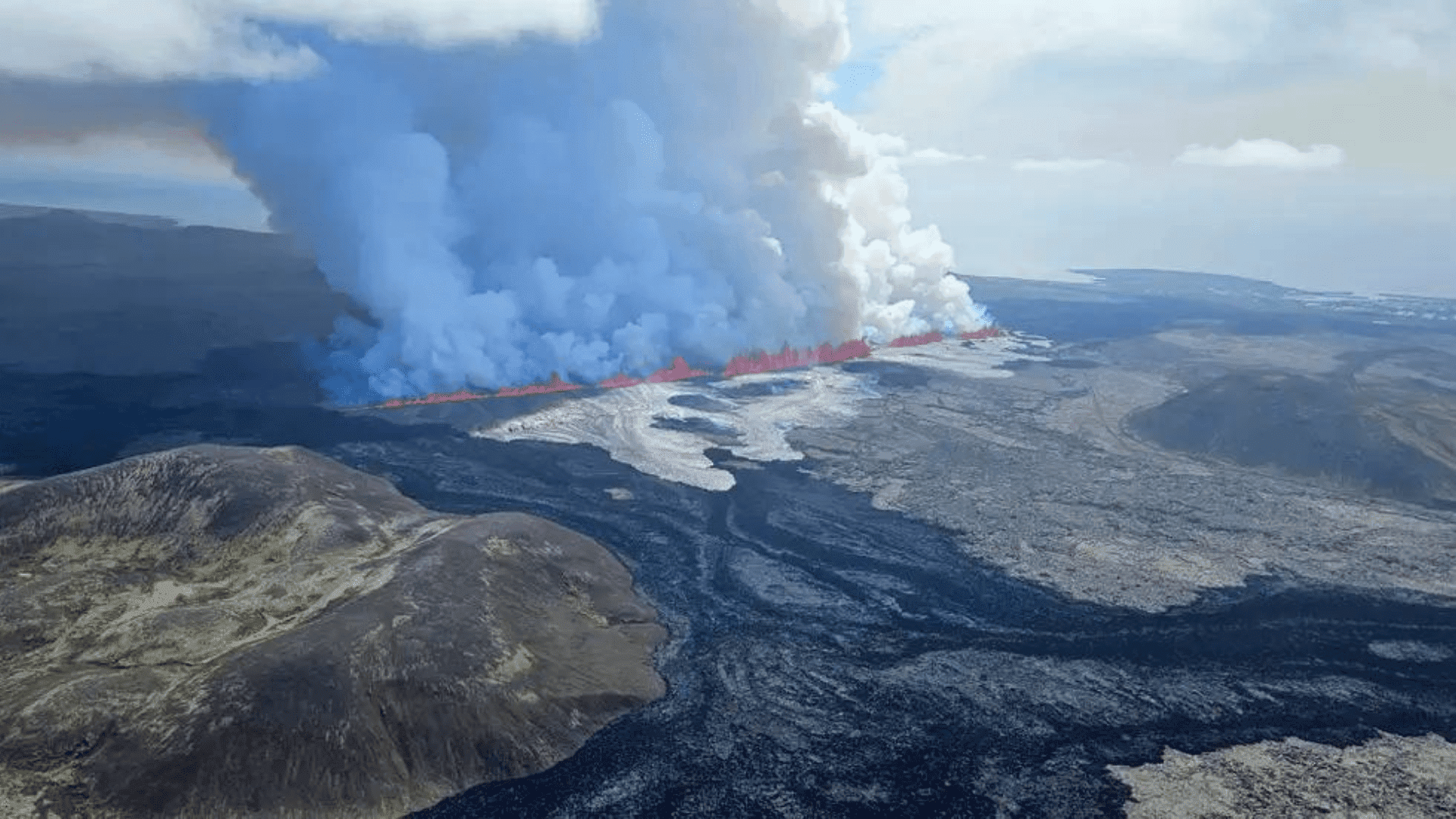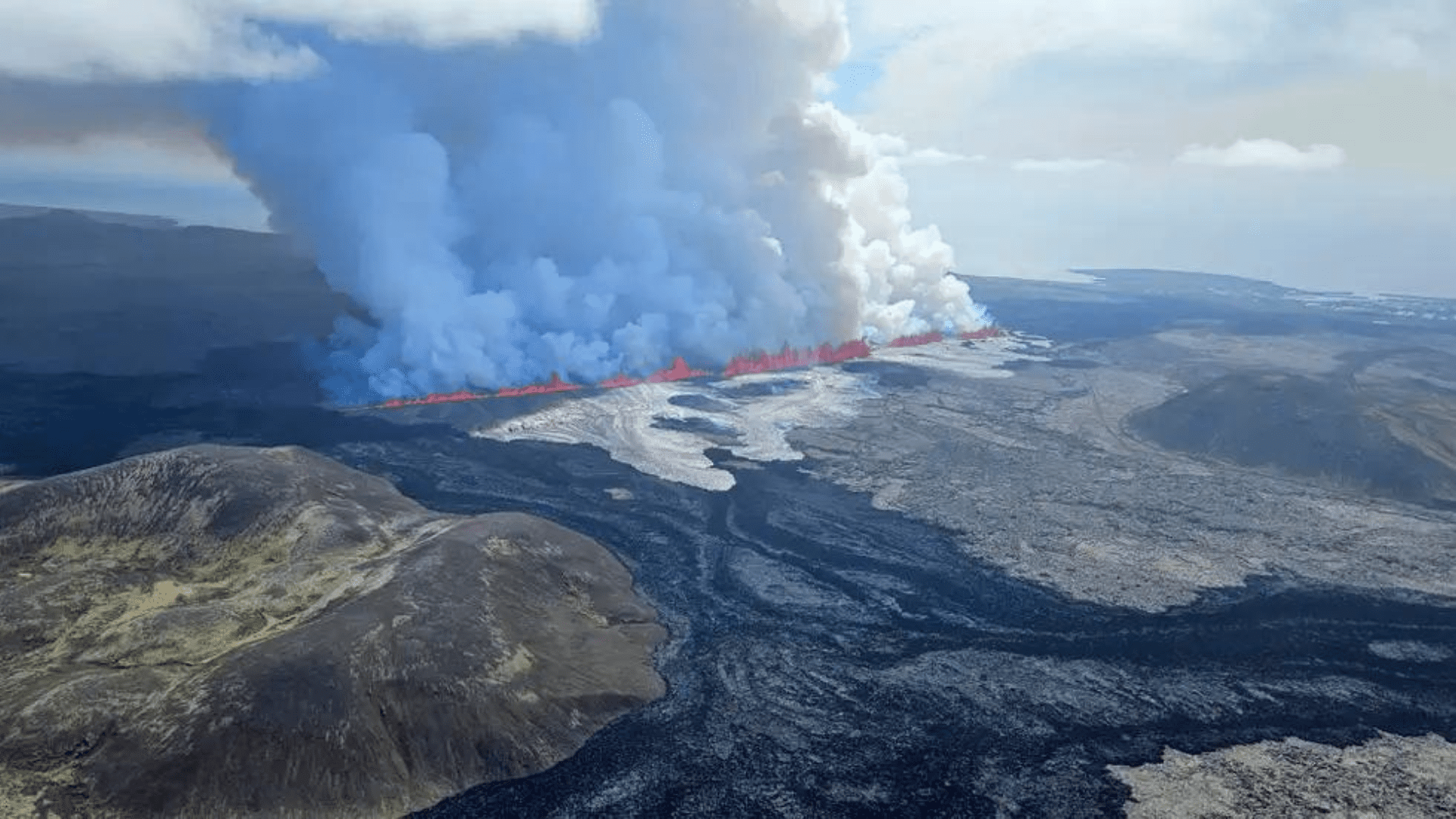Scientists have predicted that an underwater volcano near Oregon will erupt before the end of 2025. The underwater volcano, Axial Seamount, has been designated as the ideal location to practice forecasting volcanic eruptions. However, this measure is currently difficult to achieve with notice of more than a few hours.

The most active submarine volcano in the northeast Pacific, Axial, is located 300 miles off the US west coast on the Juan de Fuca Ridge. Because it is more active, researchers have more opportunities to study patterns that precede eruptions.
The volcano’s activity level also made it perfect for the site of the world’s first underwater volcano observatory, which installed its first recording equipment in 1997.
Thus far, one key finding relates to a characteristic inflation of Axial’s surface months before an eruption. This is commonly accompanied by increased seismic activity, hundreds of daily quakes, and underground magma and pressure buildup.
Researchers at the site, Bill Chadwick and Scott Nooner, noted an increase in the rate of seafloor swelling around Axial Seamount between fall 2023 and January 2024. The inflation rate doubled from 2-4 inches per year in the following six months before leveling at 6 inches per year by late July.
This same period showed a surge in seismicity, with some days recording over 500 earthquakes. The swelling at the caldera center reached 9.8 inches per year, meaning Axial Seamount is “fully re-inflated” compared to the level present immediately before the 2015 eruption.
While discussing these events during a recent conference presentation, Chadwick, Nooner, and colleagues explained that “based on the current trends, and the assumption that Axial will be primed to erupt when it reaches the 2015 inflation threshold, our current eruption forecast window is between now […] and the end of 2025.”
Since the situation had remained unchanged for six months by October of 2024, scientists are now predicting an eruption in the next twelve months. Through upcoming observations regarding eruption patterns, researchers are getting one step closer to the ability to forecast volcanic activity.







